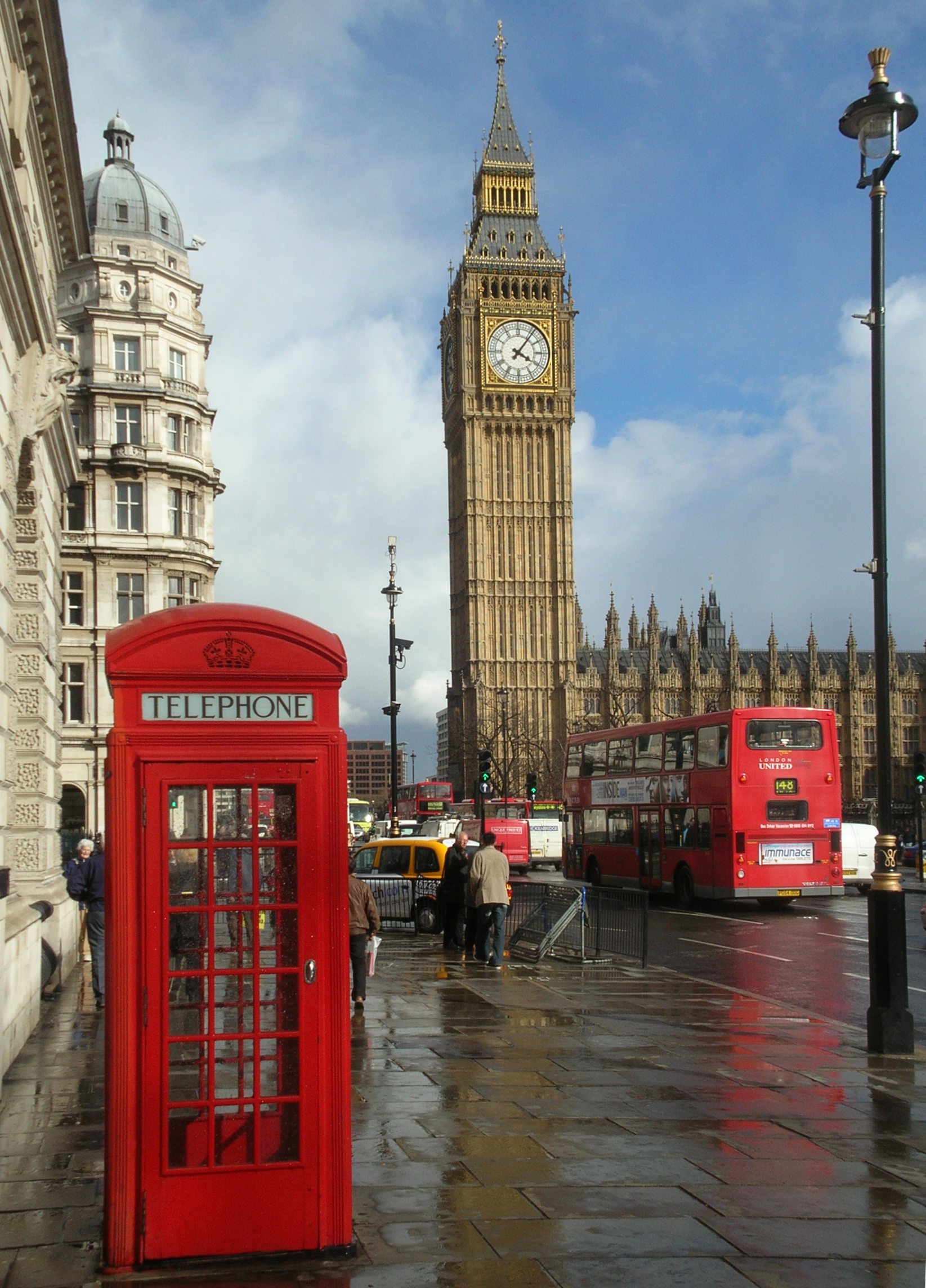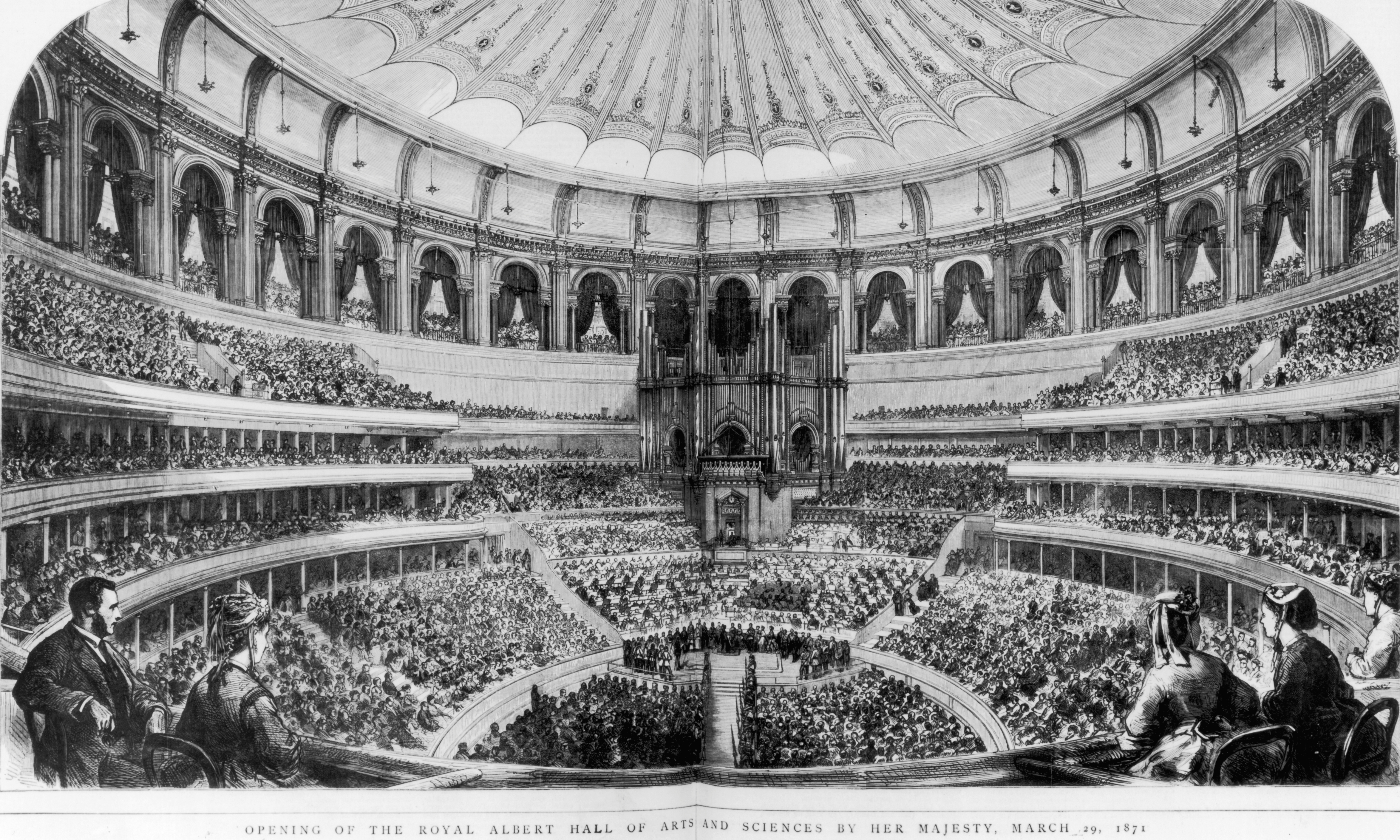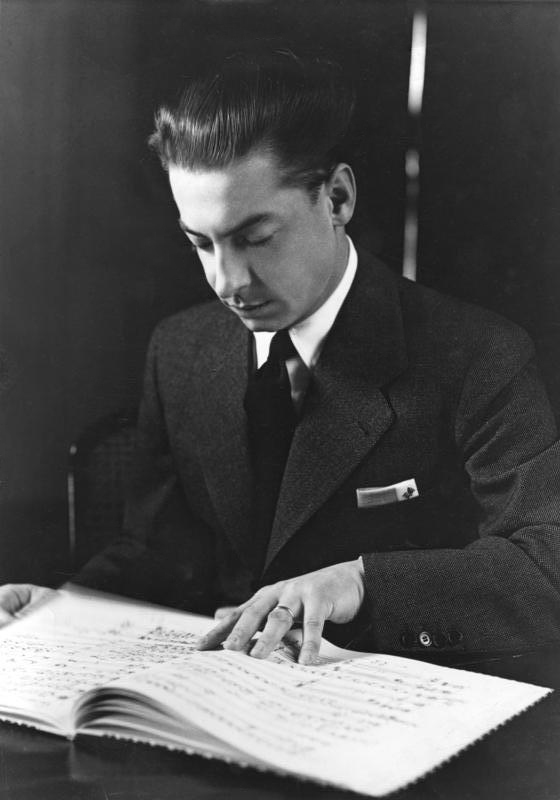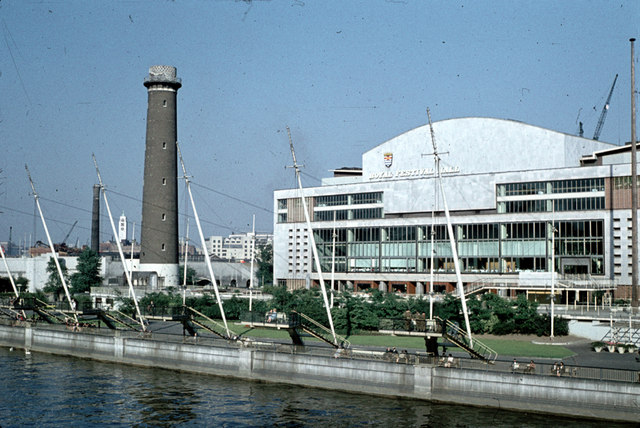|
Culture Of London
The culture of London concerns the music, museums, festivals and lifestyle within London, the capital city of the United Kingdom. London has frequently been described as a global cultural capital and is one of the world's leading business centres, renowned for its technological readiness and economic clout, as well as attracting the most foreign investment of any global city. As such, London has often been ranked as the world's capital city. The city is particularly renowned for its theatre quarter, and its West End theatre district has given the name to "West End theatre", the strand of mainstream professional theatre staged in the large theatres in London. London is also home to notable cultural attractions such as the British Museum, the Tate Galleries, the National Gallery, the Notting Hill Carnival and The O2. Through music, comedy and theatre, London has a lively nightlife with approximately 25.6 events per thousand people, 44.1% of those events being theatre based. A ... [...More Info...] [...Related Items...] OR: [Wikipedia] [Google] [Baidu] |
London Big Ben Phone Box
London is the capital and largest city of England and the United Kingdom, with a population of just under 9 million. It stands on the River Thames in south-east England at the head of a estuary down to the North Sea, and has been a major settlement for two millennia. The City of London, its ancient core and financial centre, was founded by the Romans as ''Londinium'' and retains its medieval boundaries.See also: Independent city § National capitals The City of Westminster, to the west of the City of London, has for centuries hosted the national government and parliament. Since the 19th century, the name "London" has also referred to the metropolis around this core, historically split between the counties of Middlesex, Essex, Surrey, Kent, and Hertfordshire, which largely comprises Greater London, governed by the Greater London Authority.The Greater London Authority consists of the Mayor of London and the London Assembly. The London Mayor is distinguished from the Lord May ... [...More Info...] [...Related Items...] OR: [Wikipedia] [Google] [Baidu] |
Royal Opera House - Floral Hall - Bow Street - London - 240404
Royal may refer to: People * Royal (name), a list of people with either the surname or given name * A member of a royal family Places United States * Royal, Arkansas, an unincorporated community * Royal, Illinois, a village * Royal, Iowa, a city * Royal, Missouri, an unincorporated community * Royal, Nebraska, a village * Royal, Franklin County, North Carolina, an unincorporated area * Royal, Utah, a ghost town * Royal, West Virginia, an unincorporated community * Royal Gorge, on the Arkansas River in Colorado * Royal Township (other) Elsewhere * Mount Royal, a hill in Montreal, Canada * Royal Canal, Dublin, Ireland * Royal National Park, New South Wales, Australia Arts, entertainment, and media * ''Royal'' (Jesse Royal album), a 2021 reggae album * ''The Royal'', a British medical drama television series * ''The Royal Magazine'', a monthly British literary magazine published between 1898 and 1939 * ''Royal'' (Indian magazine), a men's lifestyle bimonthly * Royal ... [...More Info...] [...Related Items...] OR: [Wikipedia] [Google] [Baidu] |
Cadogan Hall
Cadogan Hall is a 950-seat capacity concert hall in Sloane Terrace in Chelsea in the Royal Borough of Kensington and Chelsea, London, England. The resident music ensemble at Cadogan Hall is the Royal Philharmonic Orchestra (RPO), the first London orchestra to have a permanent home. Cadogan Estates offered the RPO the use of the hall as its principal venue in late 2001. The RPO gave its first concert as the resident ensemble of Cadogan Hall in November 2004. Since 2005, Cadogan Hall has also served as the venue for The Proms' chamber music concerts during Monday lunchtimes and Proms Saturday matinees; it is also one of the two main London venues of the Orpheus Sinfonia. Cadogan Hall has also been used as a recording venue. In February 2006, a recording of Mozart symphonies with John Eliot Gardiner and the English Baroque Soloists was produced and made available immediately after the performances. In 2009, art rock band Marillion recorded a concert there which was released ... [...More Info...] [...Related Items...] OR: [Wikipedia] [Google] [Baidu] |
Royal Philharmonic Orchestra
The Royal Philharmonic Orchestra (RPO) is a British symphony orchestra based in London, that performs and produces primarily classic works. The RPO was established by Thomas Beecham in 1946. In its early days, the orchestra secured profitable recording contracts and important engagements including the Glyndebourne Festival Opera and the concerts of the Royal Philharmonic Society. After Beecham's death in 1961, the RPO's fortunes declined steeply. The RPO battled for survival until the mid-1960s, when its future was secured after a report by the Arts Council of Great Britain recommended that it should receive public subsidy. A further crisis arose in the same era when it seemed that the orchestra's right to call itself "Royal" could be withdrawn. In 2004, the RPO acquired its first permanent London base, at Cadogan Hall in Chelsea. The RPO also gives concerts at the Royal Festival Hall, the Royal Albert Hall and venues around the UK and other countries. The current music dir ... [...More Info...] [...Related Items...] OR: [Wikipedia] [Google] [Baidu] |
The Proms
The BBC Proms or Proms, formally named the Henry Wood Promenade Concerts Presented by the BBC, is an eight-week summer season of daily orchestral classical music concerts and other events held annually, predominantly in the Royal Albert Hall in central London. The Proms were founded in 1895, and are now organised and broadcast by the BBC. Each season consists of concerts in the Royal Albert Hall, chamber music concerts at Cadogan Hall, additional Proms in the Park events across the UK on the Last Night of the Proms, and associated educational and children's events. The season is a significant event in British culture and in classical music. Czech conductor Jiří Bělohlávek described the Proms as "the world's largest and most democratic musical festival". ''Prom'' is short for ''promenade concert'', a term which originally referred to outdoor concerts in London's pleasure gardens, where the audience was free to stroll around while the orchestra was playing. In the conte ... [...More Info...] [...Related Items...] OR: [Wikipedia] [Google] [Baidu] |
Royal Albert Hall
The Royal Albert Hall is a concert hall on the northern edge of South Kensington, London. One of the UK's most treasured and distinctive buildings, it is held in trust for the nation and managed by a registered charity which receives no government funding. It can seat 5,272. Since the hall's opening by Queen Victoria in 1871, the world's leading artists from many performance genres have appeared on its stage. It is the venue for the BBC Proms concerts, which have been held there every summer since 1941. It is host to more than 390 shows in the main auditorium annually, including classical, rock and pop concerts, ballet, opera, film screenings with live orchestral accompaniment, sports, awards ceremonies, school and community events, and charity performances and banquets. A further 400 events are held each year in the non-auditorium spaces. Over its 151 year history the hall has hosted people from various fields, including meetings by Suffragettes, speeches from Winston Churchi ... [...More Info...] [...Related Items...] OR: [Wikipedia] [Google] [Baidu] |
Philharmonia
The Philharmonia Orchestra is a British orchestra based in London. It was founded in 1945 by Walter Legge, a classical music record producer for EMI. Among the conductors who worked with the orchestra in its early years were Richard Strauss, Wilhelm Furtwängler and Arturo Toscanini; of the Philharmonia's younger conductors, the most important to its development was Herbert von Karajan who, though never formally chief conductor, was closely associated with the orchestra in the late 1940s and early 1950s. The Philharmonia became widely regarded as the finest of London's five symphony orchestras in its first two decades. From the late 1950s to the early 1970s the orchestra's chief conductor was Otto Klemperer, with whom the orchestra gave many concerts and made numerous recordings of the core orchestral repertoire. During Klemperer's tenure Legge, citing the difficulty of maintaining the orchestra's high standards, attempted to disband it in 1964, but the players, backed by Klemp ... [...More Info...] [...Related Items...] OR: [Wikipedia] [Google] [Baidu] |
London Philharmonic Orchestra
The London Philharmonic Orchestra (LPO) is one of five permanent symphony orchestras based in London. It was founded by the conductors Sir Thomas Beecham and Malcolm Sargent in 1932 as a rival to the existing London Symphony and BBC Symphony Orchestras. The founders' ambition was to build an orchestra the equal of any European or American rival. Between 1932 and the Second World War the LPO was widely judged to have succeeded in this regard. After the outbreak of war, the orchestra's private backers withdrew and the players reconstituted the LPO as a self-governing cooperative. In the post-war years, the orchestra faced challenges from two new rivals; the Philharmonia and the Royal Philharmonic, founded respectively in 1946 and 1947, achieved a quality of playing not matched by the older orchestras, including the LPO. By the 1960s the LPO had regained its earlier standards, and in 1964 it secured a valuable engagement to play in the Glyndebourne Festival during the summer mo ... [...More Info...] [...Related Items...] OR: [Wikipedia] [Google] [Baidu] |
Hayward Gallery
The Hayward Gallery is an art gallery within the Southbank Centre in central London, England and part of an area of major arts venues on the South Bank of the River Thames. It is sited adjacent to the other Southbank Centre buildings (the Royal Festival Hall and the Queen Elizabeth Hall/Purcell Room) and also the National Theatre and BFI Southbank repertory cinema. Following a rebranding of the South Bank Centre to Southbank Centre in early 2007, the Hayward Gallery was known as the Hayward until early 2011. Description The Hayward Gallery was built by Higgs and Hill and opened on 9 July 1968. Its massing and extensive use of exposed concrete construction are features typical of Brutalist architecture. The initial concept was designed, with the Queen Elizabeth Hall and Purcell Room, as an addition to the Southbank Centre arts complex by team leader Norman Engleback, assisted by John Attenborough, Ron Herron and Warren Chalk, two members of the later founded group Archigram, ... [...More Info...] [...Related Items...] OR: [Wikipedia] [Google] [Baidu] |
Queen Elizabeth Hall
The Queen Elizabeth Hall (QEH) is a music venue on the South Bank in London, England, that hosts classical, jazz, and avant-garde music, talks and dance performances. It was opened in 1967, with a concert conducted by Benjamin Britten. The QEH was built along with the smaller Purcell Room as part of Southbank Centre arts complex. It stands alongside the Royal Festival Hall, which was built for the Festival of Britain of 1951, and the Hayward Gallery which opened in 1968. History The QEH stands on the site of a former shot tower, built as part of a lead works in 1826 and retained for the Festival of Britain. The QEH and the Purcell Room were built together by Higgs and Hill and opened in March 1967. The venue was closed for two years of renovations in September 2015, and reopened in April 2018. Description The QEH has over 900 seats and the Purcell Room in the same building has 360 seats. The two auditoriums were designed by a team led by Hubert Bennett, head of the arch ... [...More Info...] [...Related Items...] OR: [Wikipedia] [Google] [Baidu] |
South Bank
The South Bank is an entertainment and commercial district in central London, next to the River Thames opposite the City of Westminster. It forms a narrow strip of riverside land within the London Borough of Lambeth (where it adjoins Albert Embankment) and the London Borough of Southwark, (where it adjoins Bankside). As such, the South Bank may be regarded as somewhat akin to the riverside part of an area known previously as Lambeth Marsh and North Lambeth. While the South Bank is not formally defined, it is generally understood to bounded by Westminster Bridge and Blackfriars Bridge, and to be centred approximately half a mile (800 metres) south-east of Charing Cross. The name South Bank was first widely used in 1951 during the Festival of Britain. The area's long list of attractions includes the County Hall complex, the Sea Life London Aquarium, the London Dungeon, Jubilee Gardens and the London Eye, the Southbank Centre, Royal Festival Hall, National Theatre, an ... [...More Info...] [...Related Items...] OR: [Wikipedia] [Google] [Baidu] |
Royal Festival Hall
The Royal Festival Hall is a 2,700-seat concert, dance and talks venue within Southbank Centre in London. It is situated on the South Bank of the River Thames, not far from Hungerford Bridge, in the London Borough of Lambeth. It is a Grade I listed building, the first post-war building to become so protected (in 1981). The London Philharmonic Orchestra, the Philharmonia Orchestra, the Orchestra of the Age of Enlightenment, the London Sinfonietta, Chineke! and Aurora are resident orchestras at Southbank Centre. The hall was built as part of the Festival of Britain for London County Council, and was officially opened on 3 May 1951. When the LCC's successor, the Greater London Council, was abolished in 1986, the Festival Hall was taken over by the Arts Council, and managed together with the Queen Elizabeth Hall and Purcell Room (opened 1967) and the Hayward Gallery (1968), eventually becoming an independent arts organisation, now known as the Southbank Centre, in April 1998. ... [...More Info...] [...Related Items...] OR: [Wikipedia] [Google] [Baidu] |






.jpg)

